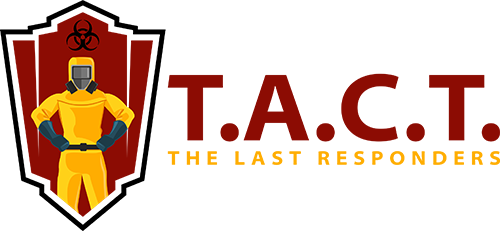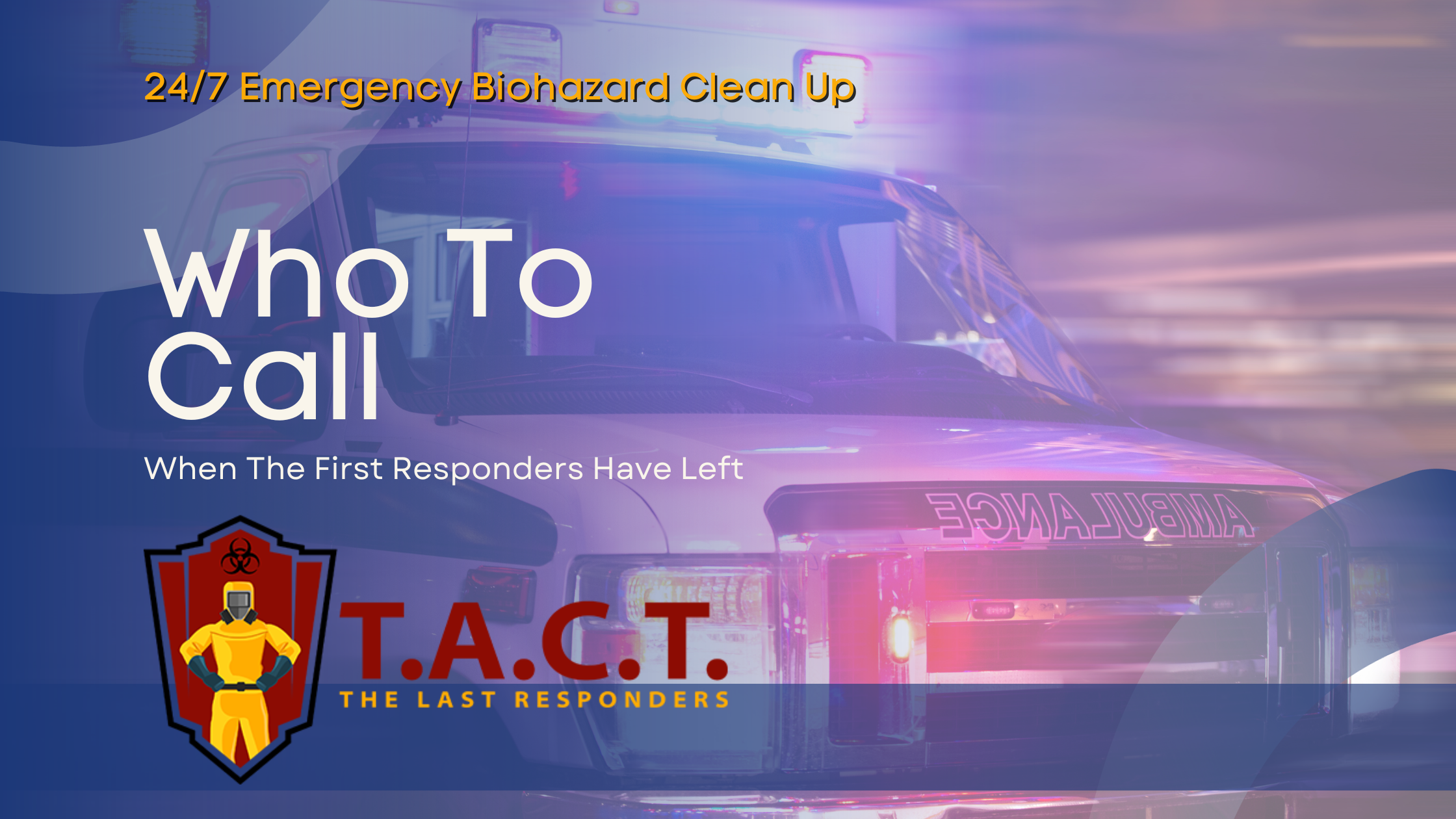mold remediation
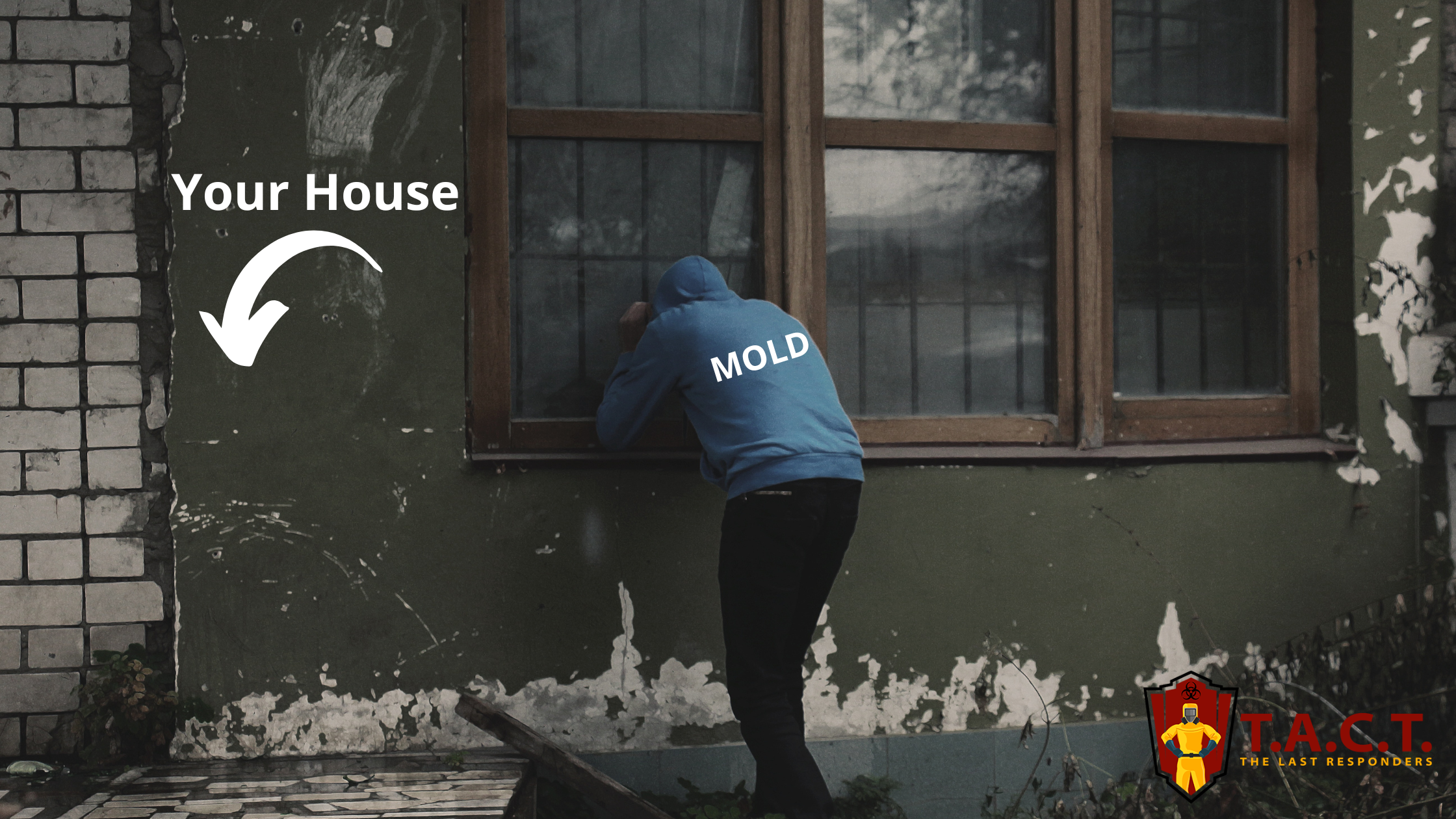
Effective Remediation for Mold: A Complete Guide to Safe Removal
Mold growth is not just an aesthetic issue—it’s a serious problem that can damage your property and affect your health. Whether it’s those sneaky black spots on your walls, a musty odor hovering in your basement, or recurring health issues, mold contamination demands immediate attention.
This guide provides homeowners, property managers, and health-conscious individuals with everything they need to know about mold remediation. From understanding what mold is, to taking steps for effective removal and prevention, we’ll walk you through it all. By the end, you’ll have the confidence to tackle mold safely and restore a healthy living or working environment.
Understanding Mold Growth
What Is Mold Growth?
Mold is a type of fungus that thrives in moist, humid environments. It grows when airborne mold spores land on damp surfaces and begin to multiply. Common areas that foster mold include basements, bathrooms, kitchens, and within wall cavities prone to water leaks.
Mold can grow on:
- Wood
- Paper
- Carpet
- Insulation
- Food
Controlling excess moisture is the key to preventing mold. This may involve fixing leaks, ensuring proper ventilation, and maintaining indoor humidity levels below 50%.
Types of Indoor Mold
Indoor molds can be classified into three main categories:
- Allergenic Mold – Triggers allergic reactions like sneezing and eye irritation (e.g., Cladosporium).
- Pathogenic Mold – Can cause infection, especially in people with compromised immune systems (e.g., Aspergillus).
- Toxigenic Mold – Produces toxic compounds called mycotoxins, leading to serious health issues (e.g., Stachybotrys, also known as "black mold").
While not all molds are harmful, identifying and removing any mold in your home is crucial to maintaining a safe and healthy environment.
Preparing for Mold Remediation
Mold Remediation Costs and Considerations
How much does mold remediation cost? On average, mold remediation will cost you about $2,360, although prices can range between $1,225 and $3,750 depending on factors like:
- Extent of contamination: The size of the affected area is a major cost driver. Mold removal costs roughly $10–25 per square foot.
- Location: Mold in hard-to-reach or sensitive areas (like HVAC ducts) may increase expenses.
- Type of mold: Certain toxic molds, such as Stachybotrys, require specialized treatment.
- Temporary relocation: If the mold remediation process disrupts your daily life, you may need to consider relocation costs.
The Mold Remediation Process
1. Containment and Ventilation
Preventing the spread of mold spores is the first step in effective mold remediation. Professionals use these containment measures:
- Plastic sheeting to isolate the affected area from the rest of the property.
- Air Filtration Devices (AFDs): Equipment such as HEPA air scrubbers traps microscopic spores released into the air during remediation.
Proper ventilation ensures airborne mold spores are captured and removed effectively, protecting both occupants and other unaffected areas.
2. Assessment and Inspection
To tackle mold properly, professionals conduct a detailed inspection, moisture survey, and air quality assessment. This involves:
- Identifying the extent of the infestation.
- Testing air and surface samples to determine mold types.
- Pinpointing the moisture source, which is critical for developing a targeted plan.
3. Mold Removal and Cleaning
Removing Mold-Infested Materials
Unfortunately, some affected items cannot be salvaged. Moldy carpeting, drywall, and insulation are often removed entirely to prevent cross-contamination.
Cleaning and Disinfection
After removal, the area is professionally treated with EPA-approved biocides and antimicrobial agents. Non-porous surfaces are cleaned thoroughly. HEPA vacuums are used to ensure all traces of mold fragments and residue are eliminated.
4. Fixing the Mold Source
To ensure mold doesn’t return, fixing the underlying moisture problem is essential. Professionals look for hidden water leaks and sources of humidity, such as:
- Faulty plumbing
- Roof leaks
- Poor drainage
By addressing these issues, future outbreaks and costly remediation efforts can be avoided.
Preventing Mold Regrowth
Mold Spores and Prevention Strategies
Mold spores can quickly recolonize if your home or workplace still provides the moist conditions they thrive on. Preventive steps include:
- Installing dehumidifiers to maintain humidity levels below 50%.
- Ensuring proper ventilation in damp-prone spaces like bathrooms and basements.
- Regularly inspecting and maintaining plumbing and HVAC systems.
Regular Maintenance and Inspections
Early detection is your best defense against mold. Routine checks for mold or water damage in problem-prone areas can save you from bigger headaches down the line. Prioritize prompt action—waiting can allow mold to spread and cause irreparable damage.
Safety Precautions and Best Practices
Air Filtration and Ventilation
To safely remediate mold, industrial-grade air filtration systems are a must. These not only protect remediation professionals but also improve indoor air quality for occupants.
Personal Protective Equipment (PPE)
Mold spores are hazardous when inhaled or touched. This is why mold remediation crews are equipped with PPE:
- Respirator masks to protect against spore inhalation.
- Booties and gloves to avoid physical contact.
- Full-body coveralls for added protection.
Post-Remediation Clearance Testing
How can you be sure your property is mold-free? By conducting post-remediation clearance testing:
- Certified professionals retest air quality to confirm spore levels are back to normal.
- Visual inspections ensure all affected materials have been cleaned or removed.
This final step provides peace of mind and ensures the space is safe for occupancy.
Restoring a Safe and Healthy Environment
To eliminate mold effectively, you need a comprehensive approach involving containment, removal, prevention, and ongoing maintenance. Whether you’re tackling a spot of mold on your own or dealing with widespread contamination, professionals can help ensure your property—and health—is protected.
Don’t wait for mold-related problems to escalate. If you suspect mold in your home or business, reach out to a trusted remediation expert like T.A.C.T. North Atlanta to guarantee safe and effective removal.
For further guidance or consultations, contact us today. Protect your property and loved ones from mold—before it’s too late.
Latest news
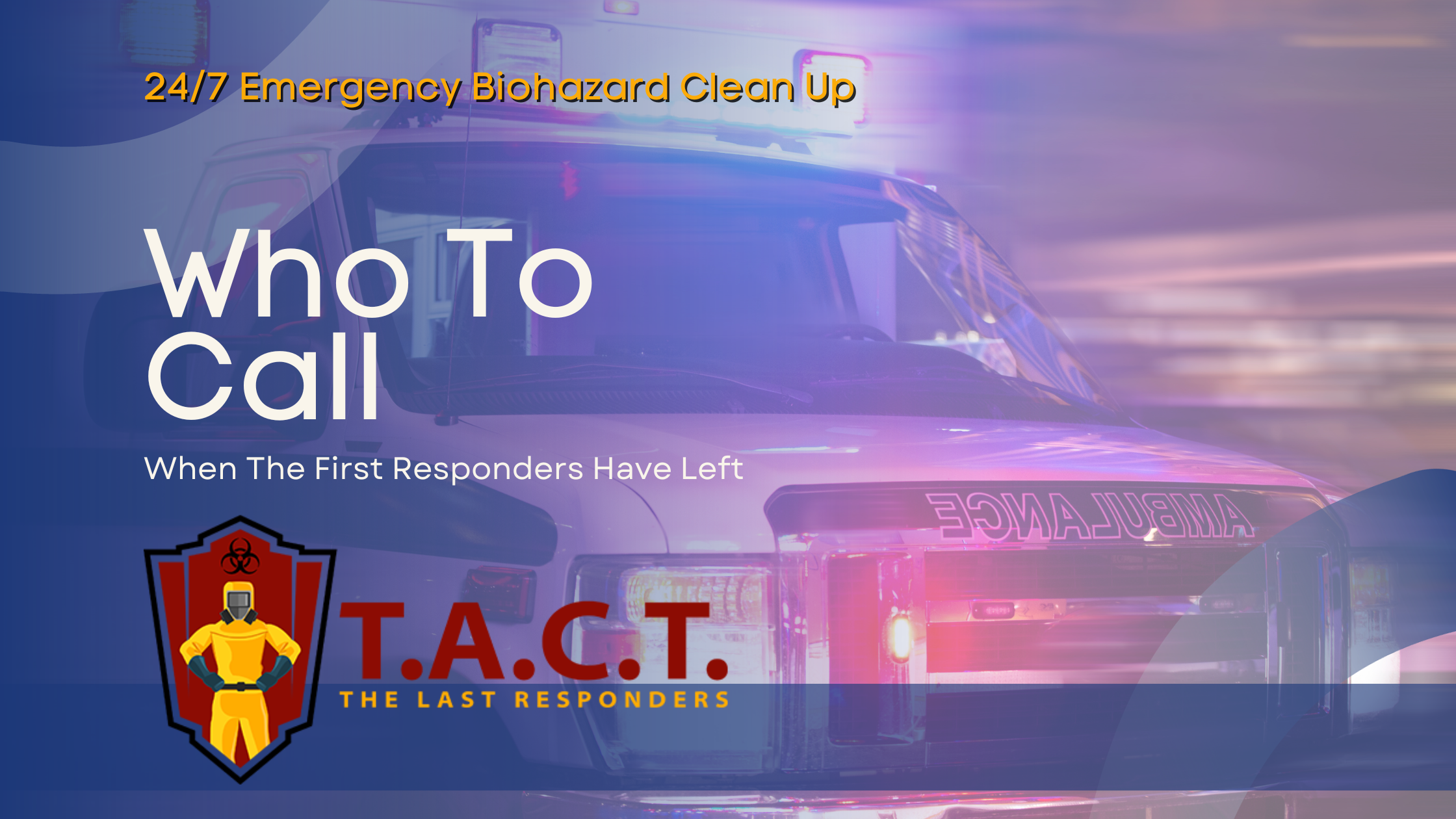
Bio Cleaning Services
Read More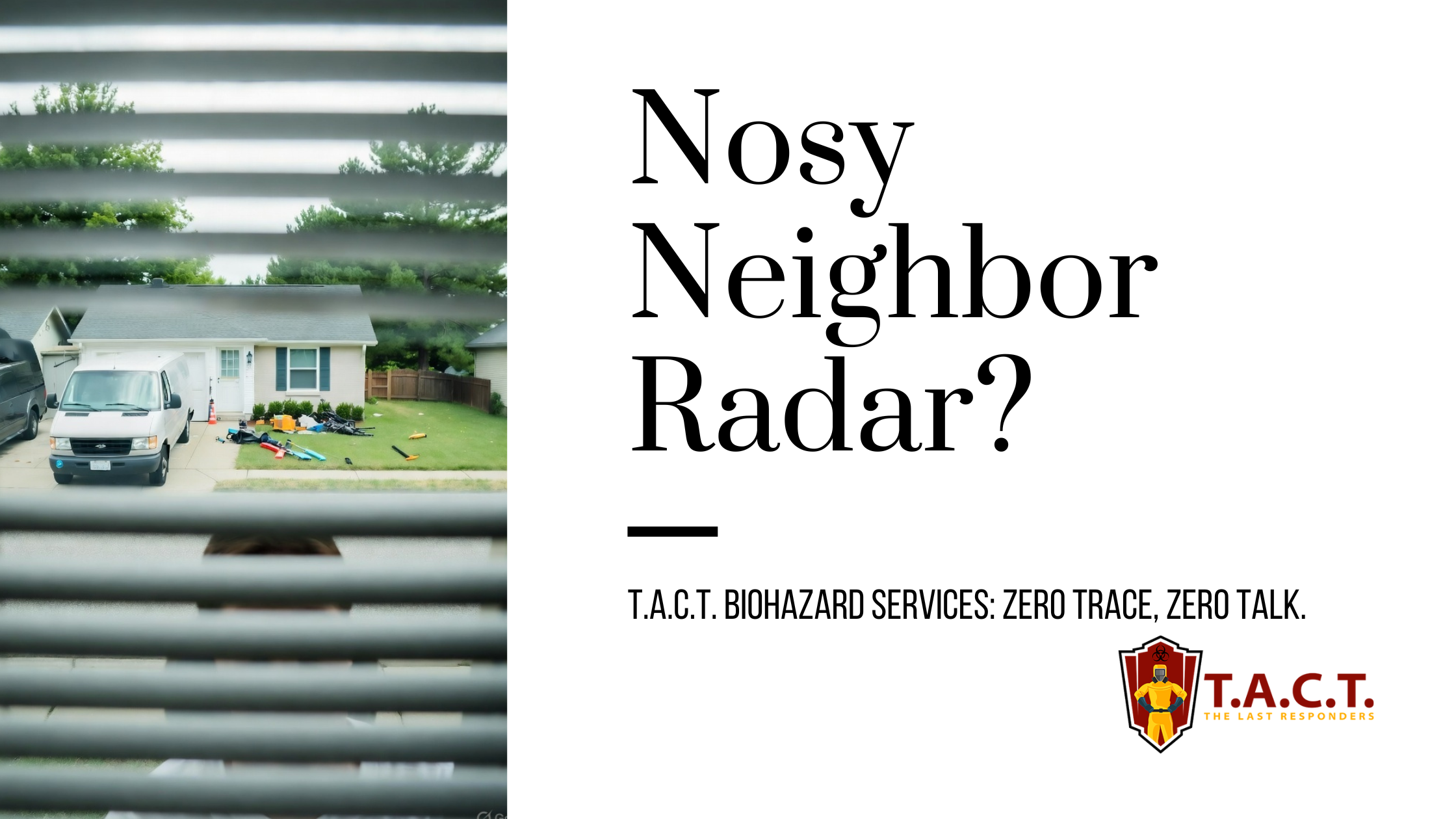
Nosy neighbors peeking? T.A.C.T. North Atlanta offers discreet biohazard remediation for rodent infestations, mold, hoarding, and more. Unmarked vehicles, quiet experts, full privacy—24/7 service at 470-781-4775.
Read More